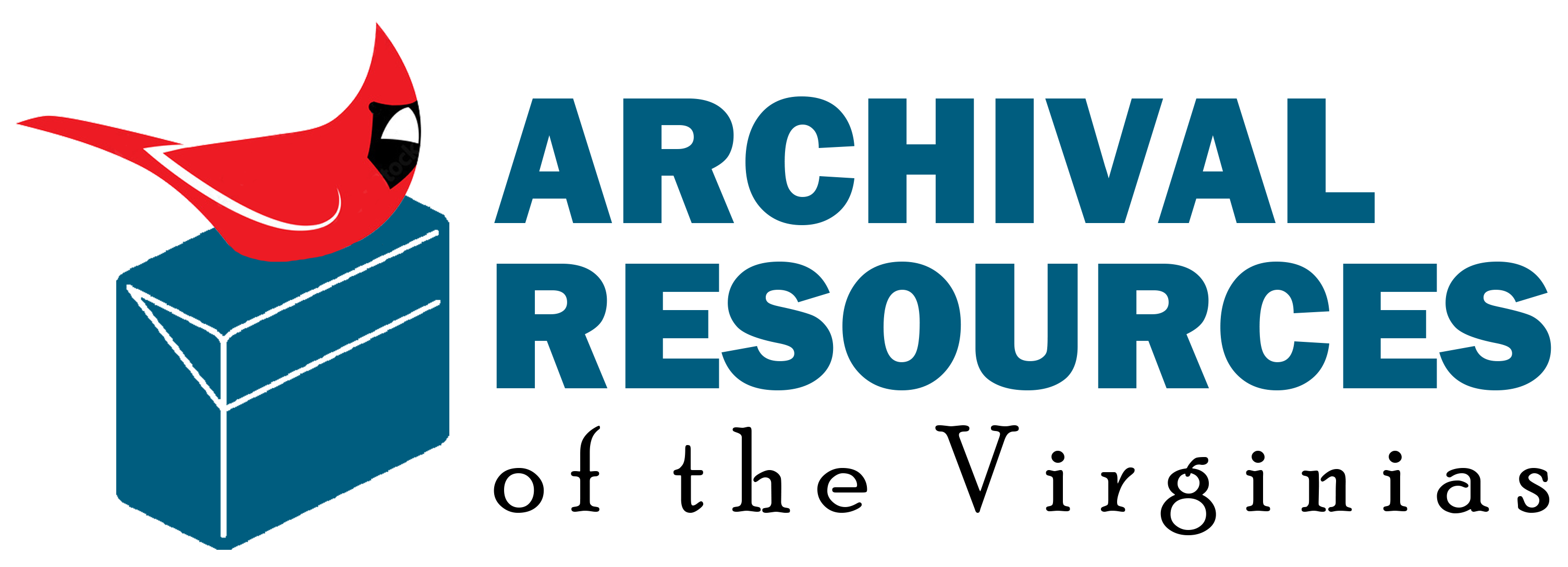- Repository:
- West Virginia and Regional History Center
- Published:
- unknown
ARVAS is an aggregator of archival resources. ARVAS does not have control of the descriptive language used in our members’ finding aids. Finding aids may contain historical terms and phrases, reflecting the shared attitudes and values of the community from which they were collected, but are offensive to modern readers. These include demeaning and dehumanizing references to race, ethnicity, and nationality; enslaved or free status; physical or mental ability; religion; sex; and sexual orientation and gender identity. Many institutions and organizations are in the process of reviewing and revising their descriptive language, with the intent to describe materials in more humanizing, inclusive, and harm-reductive ways. As members revise their descriptive language, their changes will eventually be reflected in their ARVAS finding aids
- Repository:
- West Virginia and Regional History Center
- Published:
- unknown
- Subjects:
- Account books | Agriculture | Barrackville Covered Bridge. | Beverly-Fairmont Turnpike. | Covered bridges | Church buildings | Coal mining. | Education | Environmentalism. | Genealogy | Labor organization. SEE ALSO Coal mining - labor | Land. | Mining. SEE ALSO Coal mining. | Frontier and pioneer life | Travel accounts. | Turnpikes. SEE ALSO Roads.
- Repository:
- West Virginia and Regional History Center
- Published:
- unknown
- Subjects:
- Account books | Agriculture | Barrackville Covered Bridge. | Beverly-Fairmont Turnpike. | Covered bridges | Church buildings | Coal mining. | Education | Labor organization. SEE ALSO Coal mining - labor | Land. | Frontier and pioneer life | Politics and government. | Schools. SEE ALSO Academies | Slaves and slavery. | Travel accounts. | Turnpikes. SEE ALSO Roads. | Union names. | Unions.
- Repository:
- West Virginia and Regional History Center
- Published:
- unknown
- Subjects:
- American ginseng | Account books | Livestock | Churches -- Roman Catholic, American missions | Churches -- Roman Catholic | Church buildings | Drugs and druggists. | Education | Education. SEE ALSO Schools. | Fur trade | General stores | Justices of the peace | Labor organization. SEE ALSO Coal mining - labor | Land. | Medicine. SEE ALSO Folk medicine. | Missionaries | Frontier and pioneer life | Politics and government. | Rivers and river valleys. | Salt industry and trade | Schools. SEE ALSO Academies | Slaves and slavery. | Transportation | Unions. | Universities and colleges
- Repository:
- West Virginia and Regional History Center
- Published:
- unknown
- Subjects:
- Account books | Church buildings | Coal mining - coal and coke sales. | Coal mining - coal operators associations. | Coal mining - Regulation. | Coal mining - Safety. | Coal mining -- Strikes | Coal mining. | Education | Maps. | New River coalfields. | Pocahontas-Flat Top coalfield. | Politics and government. | Railroads - Chesapeake and Ohio Railroad. | Railroads - Norfolk and Western Railroad. | Railroads - Virginia Railway - Winding Gulf Branch. | Virginian Railroad -- Railroads | Schools. SEE ALSO Academies | Taxation | New Deal, 1933-1939 | Winding Gulf (W. Va.) -- coalfields | Coal mining - New River field. | Coal mining - Winding Gulf field. | Coal Mining - Tug River field
